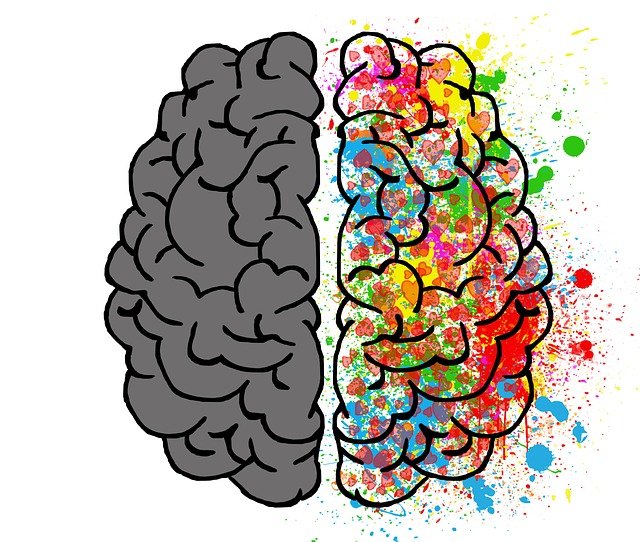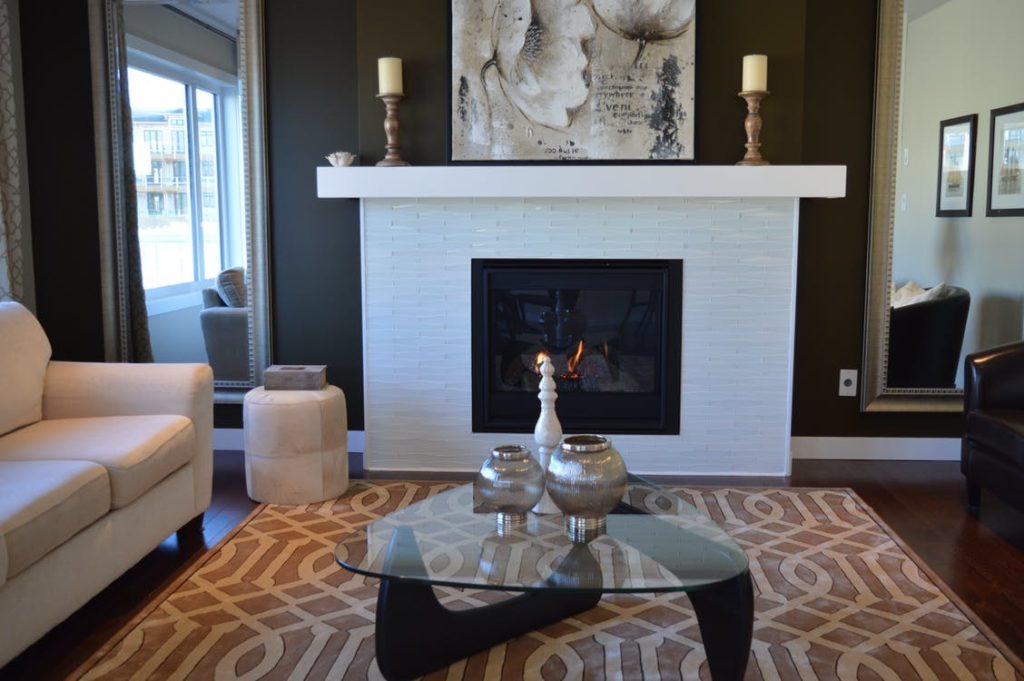Disclosure: This post may contain affiliate links, meaning we get a commission if you decide to make a purchase through our links, at no cost to you. Please read our disclosure for more info.
Painting the interior of the home can cost anywhere between $1,000 and $5,000. The larger the square footage, the more expensive the job will be. Therefore, before investing in labor and materials, it’s important to have the right paint colors picked out.
Paint color can drastically impact the mood as well as the perceived size of a room.
How can this be? It’s called color psychology, and it’s an important factor to consider when painting a home. Keep reading to learn all about color psychology and its benefits.
In This Post:
What is Color Psychology?
Color psychology is the study of how certain colors or certain color hues make people feel. Science suggests that colors can elicit emotional reactions, action, and even physiological reactions in the body. Therefore, when decorating the home, it’s important to pick the right colors.
How to Use Color Psychology When Painting
Paint color is a powerful tool any homeowner can utilize when decorating.
Certain colors can interfere with the perceived size of a room. Darker colors can make spaces look smaller, whereas lighter colors, like white or pastel blues, can make space appear larger. Using stripes can also elongate the width of walls.
In addition to affecting space, the benefits of color psychology are that it can affect the tone of a room. However, some colors elicit more positive reactions than others. This means that some colors work better for certain rooms in the house.
Thankfully, most painting companies, such as BFB Painting, can translate a homeowner’s color psychology ideas into a professional paint job.
Kitchen
White, grays, blues, and reds are popular choices for the kitchen.
White walls are crisp and clean. They project freshness and give a room a calm feeling. As mentioned previously, white can transform a space and make it appear larger and more inviting.
Gray projects balance, coolness, and cleanliness that is often preferred by homeowners. Furthermore, this neutral color is a great choice to pair with a variety of wood cabinets or to allow for some accent colors.
Blue represents tranquility.
Red is bold and commands attention. This primary-color is often associated with warmth and passion. Seeing the color red may also raise blood pressure and heart rate, and increase a person’s appetite.
Living Room
Living rooms serve as the gathering place in a home. Therefore, the color of the walls must be inviting, cozy, and warm. Some of the most recommended colors are beige, green, warm yellows, rich reds, and soft blues.
Bedroom
Most bedrooms are primarily utilized for sleep. Thus, homeowners should utilize color psychology benefits and pick paint colors that promote sleep. Grays, blues, greens, and purples are all colors that can reduce stress and anxiety.
Having these colors displayed on the wall can create a peaceful atmosphere.
Other bedrooms, such as kid’s rooms or nurseries, may want to use brighter colors. Oranges, yellows, and pinks are energizing and cheerful, perfect for playtime.
Bathroom
Bathrooms are perhaps the most versatile room in the house. Still, homeowners often prefer to display cleanliness and relaxation with their paint colors. Blues, neutrals, or neutrals with accent colors are popular paint choices.
Transform the Home
Painting can transform the home and give it a brand new look. By painting with color psychology, every homeowner can guarantee a positive mood from every anticipated guest. Therefore, when thinking about your next paint job, think carefully about the colors for each room.
For more home improvement tips and advice, check out the rest of our site!



